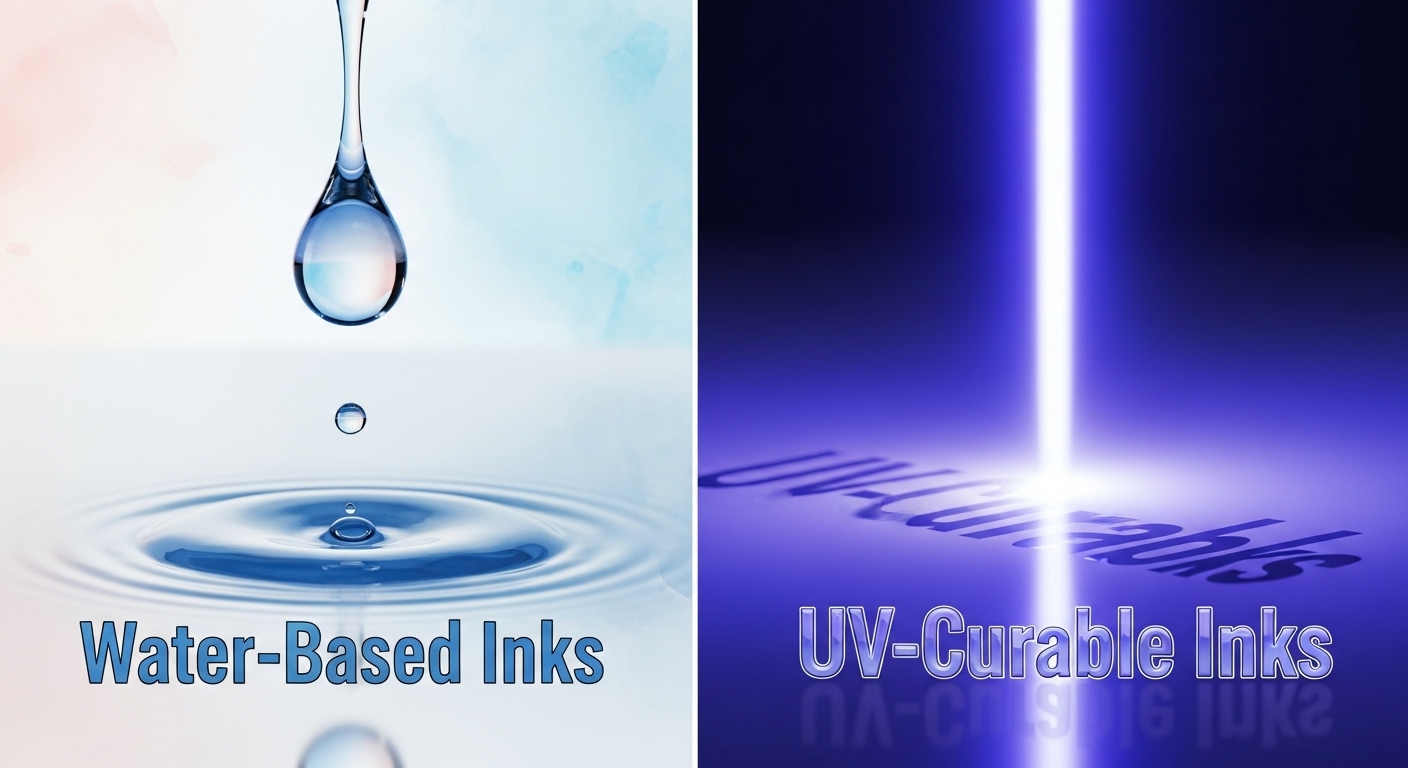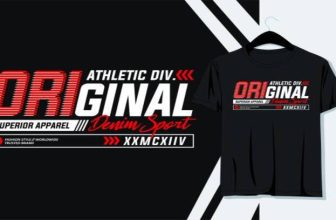
Discover how water-based and UV-curable inks are transforming the printing industry with their eco-friendly benefits and enhanced efficiency.
Overview of Water-Based and UV-Curable Inks in Modern Printing
Water-based and UV-curable inks are transforming the printing industry through their environmentally friendly characteristics and enhanced performance capabilities. Water-based inks are significantly less harmful compared to traditional solvent-based inks, leading to a considerable reduction in carbon emissions and promoting a safer workplace. These inks are particularly appealing in industries such as textiles and packaging, where the demand for sustainable practices is growing rapidly. In contrast, UV-curable inks dry almost instantly when exposed to UV light, which not only increases production efficiency but also reduces energy consumption during the printing process.
The shift towards sustainable printing solutions is accelerating the adoption of these innovative inks across various sectors. For example, the textile industry has embraced water-based inks for their ease of cleanup and minimal environmental impact, while UV inks have found a strong foothold in packaging due to their durability and resistance to fading. This dual trend reflects the broader movement within the printing industry toward eco-friendly practices and materials that meet both consumer demand and regulatory requirements.
Advantages of Water-Based Inks
Water-based inks present numerous benefits that make them an attractive choice for printers. One of the primary advantages is their non-toxic nature, which results in low or zero volatile organic compounds (VOCs), thereby promoting safer working environments for employees. Furthermore, advancements in ink formulation have enabled water-based inks to achieve vibrant colors that rival those of traditional solvent-based inks, ensuring high print quality across various applications. These inks are particularly effective on porous surfaces, making them ideal for use in packaging, textiles, and children’s books.

Another significant advantage of water-based inks is their viscosity stability during long print runs. This stability eliminates the need for solvent additions, which can complicate production and reduce efficiency. Additionally, water-based inks do not swell printing plates, extending their lifespan and maintaining print quality over extended production cycles. As a result, businesses can achieve both operational efficiency and high-quality outputs when utilizing water-based inks in their printing processes.
Benefits of UV-Curable Inks
UV-curable inks offer a range of benefits that differentiate them from conventional inks. One of the standout features of UV inks is their compatibility with a diverse array of substrates, including glass, wood, and various plastics. This versatility expands the potential applications for UV inks, making them suitable for industries such as packaging, signage, and promotional materials. The instant curing process of these inks prevents issues like ink bleeding, ensuring that prints maintain their quality and vibrancy, even on challenging materials.
While UV inks require specialized equipment for application, they can lead to long-term cost savings due to their durability and efficiency. Additionally, UV-curable inks are associated with a minimal environmental impact compared to solvent-based options, aligning with the increasing regulatory demands for sustainability in the printing industry. The ability to print on difficult surfaces and the superior durability of UV inks make them a compelling choice for businesses looking to enhance their product offerings.
Environmental Impact and Sustainability
The environmental impact of water-based and UV-curable inks is a crucial factor in their growing adoption. Water-based inks significantly lower carbon footprints and contribute to compliance with stringent environmental regulations. With low or zero VOC emissions, these inks promote a safer printing environment, reducing potential health risks for workers. Innovations in ink formulations, such as low-migration inks designed for food packaging, further enhance their sustainability, ensuring that safety standards are met without compromising on quality.
Similarly, UV-curable inks eliminate harmful VOC emissions, making them a more sustainable option than traditional solvent-based inks. Their rapid curing process results in reduced energy consumption during production, adding to their overall eco-friendliness. Both ink types are part of a broader trend toward sustainable materials in the printing market, driven by increasing consumer demand for eco-friendly products and practices. As sustainability becomes a priority in the industry, businesses that adopt these inks position themselves as leaders in environmentally responsible printing.
Challenges and Considerations
Despite their numerous advantages, the use of water-based inks is not without challenges. For instance, they may have longer drying times compared to UV inks, which can impact production schedules and workflow efficiency. Additionally, printers might face difficulties with adhesion on non-porous surfaces, which can limit their application scope. These challenges necessitate careful consideration and planning when integrating water-based inks into existing printing operations.
On the other hand, UV inks require specialized training for safe handling and application due to potential safety concerns associated with UV exposure. The initial investment in UV-curable ink technology can also be substantial, which may deter smaller printing businesses from adopting this innovative solution. Furthermore, compliance with environmental regulations regarding ink disposal can add complexity to the use of both ink types. Addressing these challenges will be crucial for businesses looking to fully leverage the benefits of water-based and UV-curable inks.
Future Trends in Printing Technology
The future of printing technology is poised for exciting advancements, particularly in the realm of water-based and UV-curable inks. Ongoing developments in UV water-based inks are expected to expand color gamuts while enhancing sustainability through the incorporation of recycled materials. Additionally, innovations in nanotechnology are improving the performance and versatility of eco-friendly inks, making them even more appealing to printers seeking high-quality solutions.
The demand for sustainable printing is driving innovation in both ink types, leading to new formulations that meet the evolving needs of the market. Future trends may include the integration of 3D printing capabilities with UV-curable inks, further expanding their application potential. As consumer awareness of environmental issues grows, brands are increasingly prioritizing sustainable ink options in their marketing strategies, signaling a bright future for eco-friendly printing solutions in the industry.





